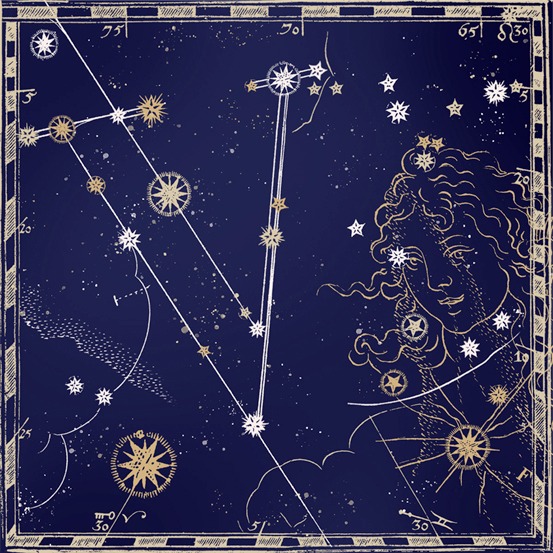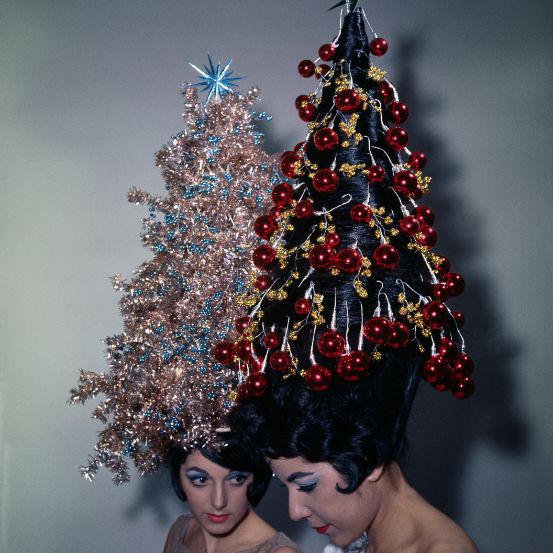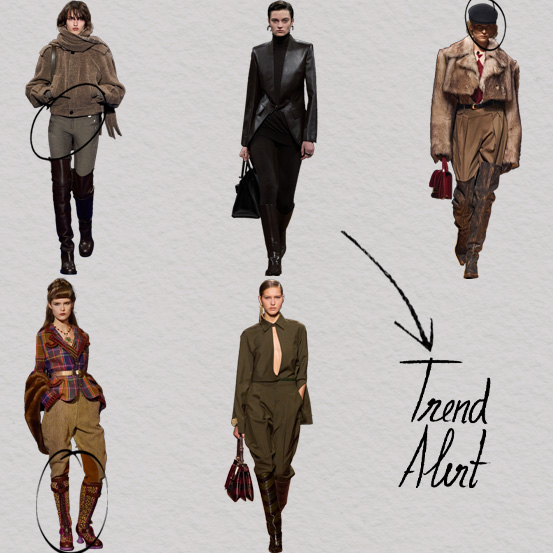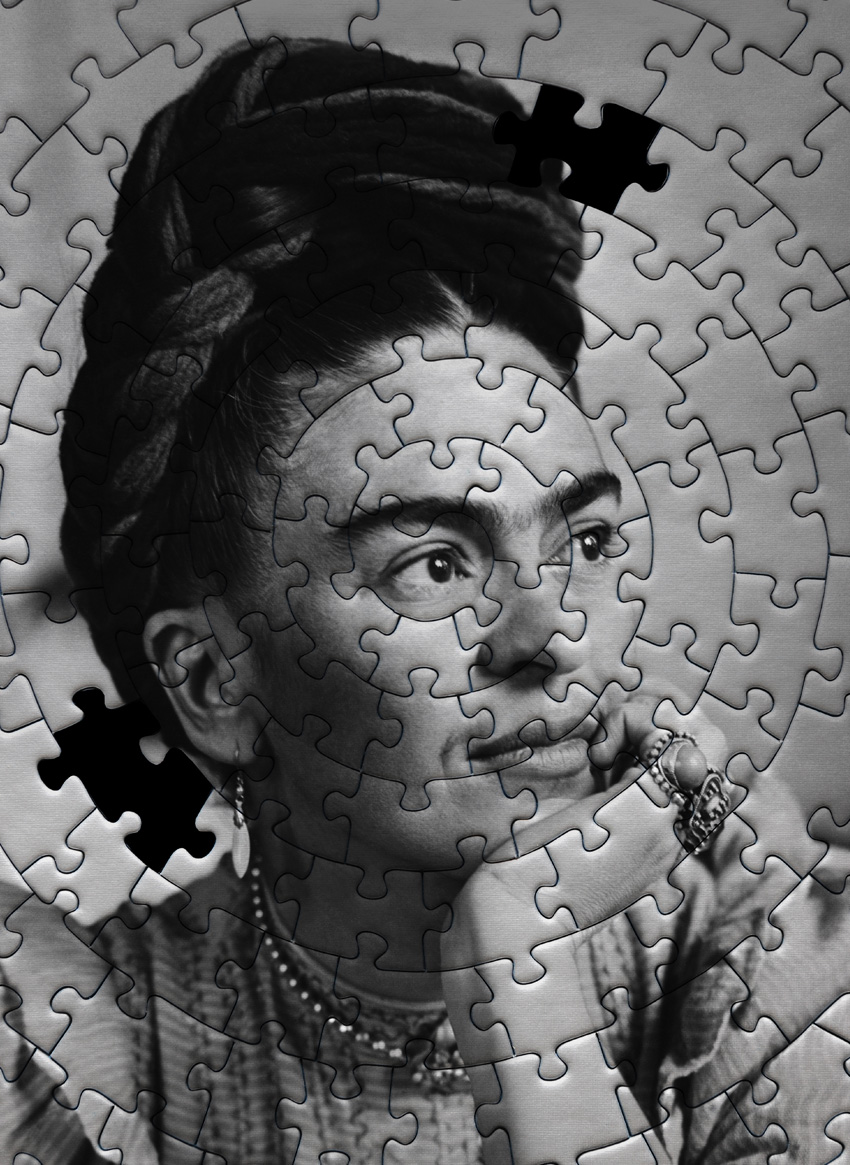The Icons Issue
The word icon is beginning to lose its meaning. Between hyperbole and praise, the formerly divine status becomes banal. But we refuse to give up the word. We conduct an analysis of real icons.
A few years ago, on a torrid September afternoon, I rushed home regardless of the sweat pouring down my body. I barely had time to open my computer before I was deep in a dream: the day was the same, but the weather was different - damp, full of clouds, cold. Through a live video feed, I found myself immersed in a crowd of fashion journalists, stylists and celebrities. Everyone in the crowd, myself included, was on the edge of our seats (the only difference being that I was at a desk in the middle of Ribatejo while all my “peers” were in the front row of the most coveted fashion show in Paris). The Chanel presentation had just finished and, with naked eyes, we were waiting for Karl Lagerfeld to appear. The Grand Palais was transformed into a street where it looked like a revolution was about to break out. This was the season of the iconic feminist fashion show - the collection with that destroyed Chanel bag that still appears in my dreams every week - in which the models walked down the runway with more than wallets in their hands: they had messages to shout. The setting was like any street in Paris: a surreal vision of Lagerfeld's beloved city, dressed and undressed in the quintessence of Chanel. When the creator of this immersive vision appeared, wearing his classic uniform of black suit, fingerless gloves and sunglasses, the world stopped. It was as if I was in that room - suddenly, even with the Pyrenees and Spain blocking my way, I felt the electricity that only an icon can muster. It wasn't just excitement, a whole auditorium of people shared a sense of awe. Here was a man who, with the simplest gesture, could keep an entire room silent. When I was offered the idea of describing what makes an icon, I was immediately transported to that afternoon in 2014, the moment when I began to project what I wanted for my future, all because of the presence of one person.
The first definition of an icon that comes to mind is this: a person who, by the sheer power of their work or legacy, is able to influence both the culture and the personal lives of thousands of people. I was pleased to discover Lagerfeld himself pondering the status of the icon. “People who consider themselves icons should realize that they are mere human beings, even if they have great aspirations.” The idea behind this is inspiring: icons are not born, they are made. Iconic status has (almost) nothing to do with pretensions to greatness, but with the work that goes into securing a legacy. If anything is clear from Lagerfeld's words, it's that the journey from popularity to icon status doesn't happen overnight. It takes a body of work so impactful that it feels ingrained in the collective consciousness. John Galliano, known for his innovative work at Christian Dior and now Maison Margiela, is someone who shares Lagerfeld's je ne sais quoi. Like the latter, the Briton has the ability to anticipate, embody and then transform the direction of the cultural compass. Celebrated as an icon, his dramatic and experimental approach not only inspires the microcosm of fashion but also affects the way we look at our clothes. Of course, even within states, there are differences. Lagerfeld is an icon of icons. In an interview with System magazine, the designer discusses the inspiration he has provided not just to individuals, but to an entire industry. “I was the first, I was the one who was told I shouldn't take a job at Chanel because the brand was dead. Now everyone is applauding John Galliano and Tom Ford, but I did it first - I turned a taboo into a worldwide sensation.” There's nothing quite as refreshing as the self-esteem of someone who has worked to build it.
The word icon carries weight, deriving from the Greek eikōn, meaning image or likeness. Traditionally, icons were sacred figures - often religious symbols or revered cultural images - that transcended ordinary representation. In the world of fashion, this same weight still applies, since the true icons of fashion are those whose styles leave an indelible impact, shaping the trajectory of aesthetics for decades. Fashion and style icons like David Bowie, Coco Chanel or Diana Vreeland have come to represent movements, eras and ideas bigger than themselves. Their influence, like that of the sacred, is powerful and long-lasting. Once again, I return to the words of the one who inspired me. Lagerfeld recognized the complexity behind the term: “Icons endure, but only because they are able to adapt,” he once commented in a rare interview with Interview Magazine. His vision points to a vital distinction between popularity and icon status: the former depends on a trend or momentum, while the latter requires transformation and resilience. Lagerfeld understood that fashion icons influence the way we understand culture itself, changing not only what we wear, but also how we see identity, power and beauty. In an age when Instagram and TikTok provide instant visibility, the label “icon” is often too easily applied. Nowadays, anyone with a unique look and a strong social media presence runs the risk of being prematurely dubbed an icon. Fashion critics such as Cathy Horyn argue that while influencers may have significant visibility, this alone does not constitute icon status. “Icons are those who move culture forward, not just those who remain visible,” suggested Horyn, hinting at the depth and impact needed to earn the term. The saturation of influencers has somewhat diluted the meaning of the term. Fashion icons such as Audrey Hepburn and Grace Jones continue to be revered not only for their style but for the deeper and often radical statements they made through their sartorial choices. Grace Jones, with her avant-garde aesthetic, became an icon not only for pushing the boundaries of fashion, but also for breaking gender norms, creating a style that was not only visually striking but also symbolically revolutionary.
So how do you recognize an icon in the fashion world? While popularity can bring followers, an icon transforms the visual language of an era. They become synonymous with movements, trends or philosophies that are bigger than themselves. Rihanna, for example, went from pop star to style icon not just by wearing daring looks, but by rethinking beauty and fashion in a way that resonated across cultures. An icon can be recognized for its ability to endure, its will to transform and its capacity to challenge norms. Karl Lagerfeld's iconic style - a self-styled “uniform” of high-collared shirts, black suits and fingerless gloves - was emblematic of his creative rigor and intense individuality. This look wasn't about trends; it was about asserting a unique and unchanging identity in an ever-changing industry. In 2024, with fashion trends recycling faster than ever, the true Fashion Icon remains a rare figure. Icons provide a cultural anchor, a reference point that guides us through the noise of fleeting trends. The little black dress or the Chanel skirt suit, both reinvented by Lagerfeld, didn't just fill a niche; they challenged the way people think about elegance and femininity, leaving legacies that influence us today. Their styles transcend aesthetics, becoming symbols of independence, power and reinvention. After such reverence, don't think we've forgotten or ignored Lagerfeld's less-than-appealing legacy. The designer was anything but pleasant. From sexist comments to problematic hot takes, he's not exactly a role model. But perhaps that's the superpower of a true icon. Contrary to what Lagerfeld theorized, icons aren't actually human like the rest of us. Like the adoration they receive, their presence becomes almost religious. When they are canonized, these people leave behind their human side and instead become divine figures. We're no longer talking about Karl, but about Saint Lagerfeld.
Translated from the original in Vogue Portugal's The Icons Issue, published November 2024. Full story and credits in the print issue.
Most popular


Relacionados





 (15).png)
